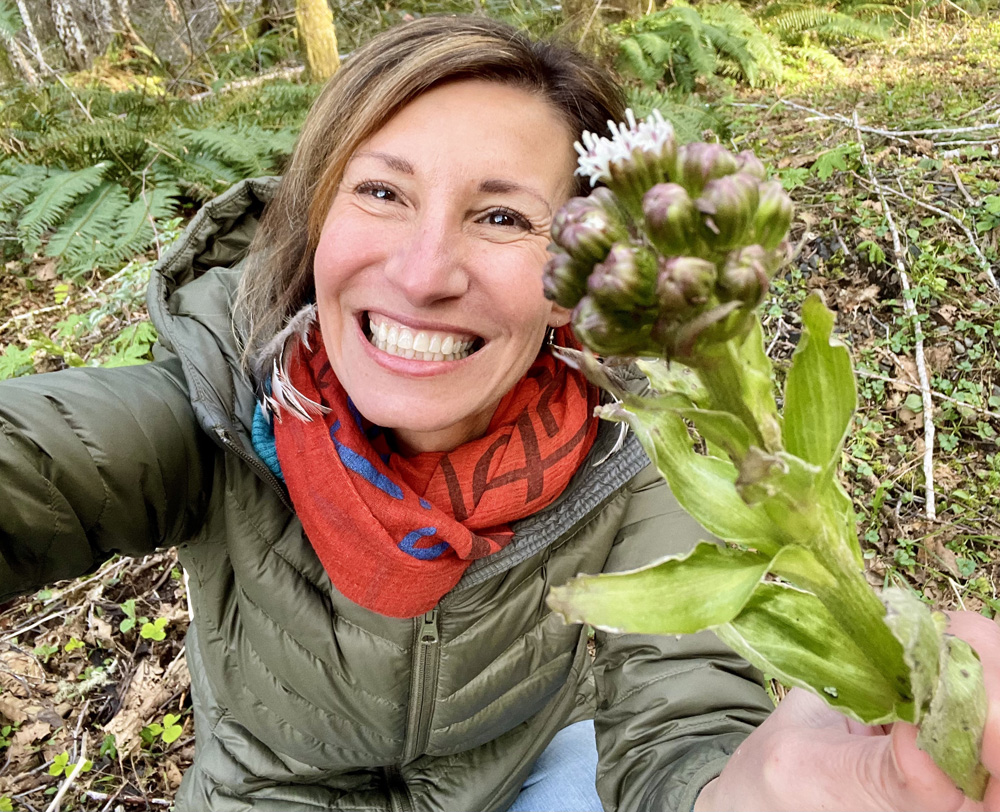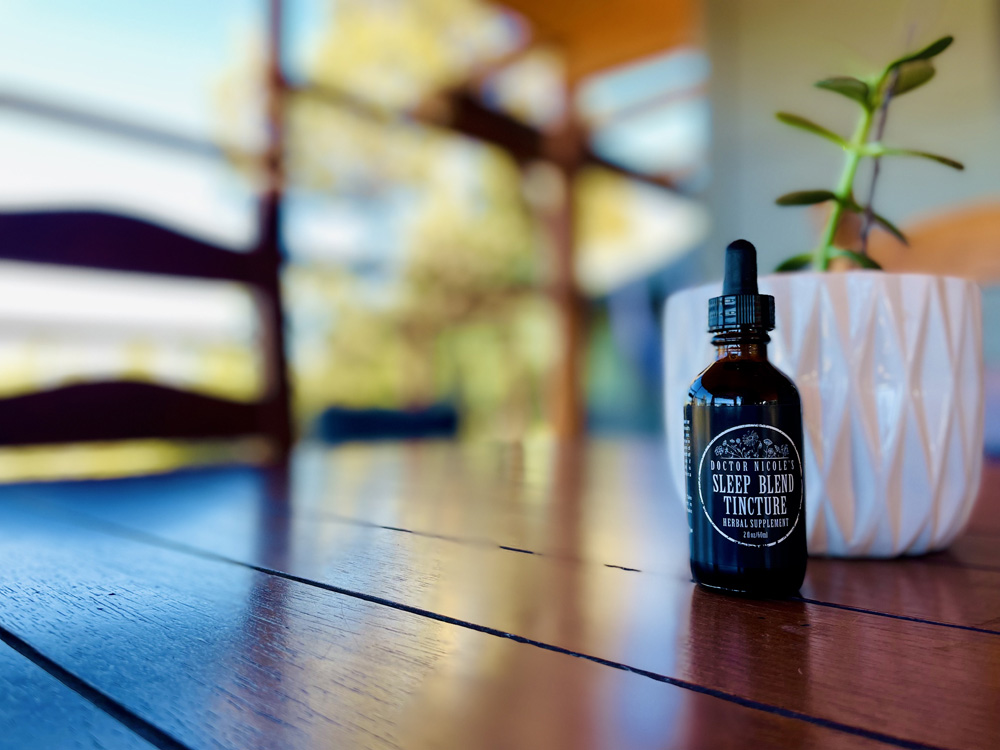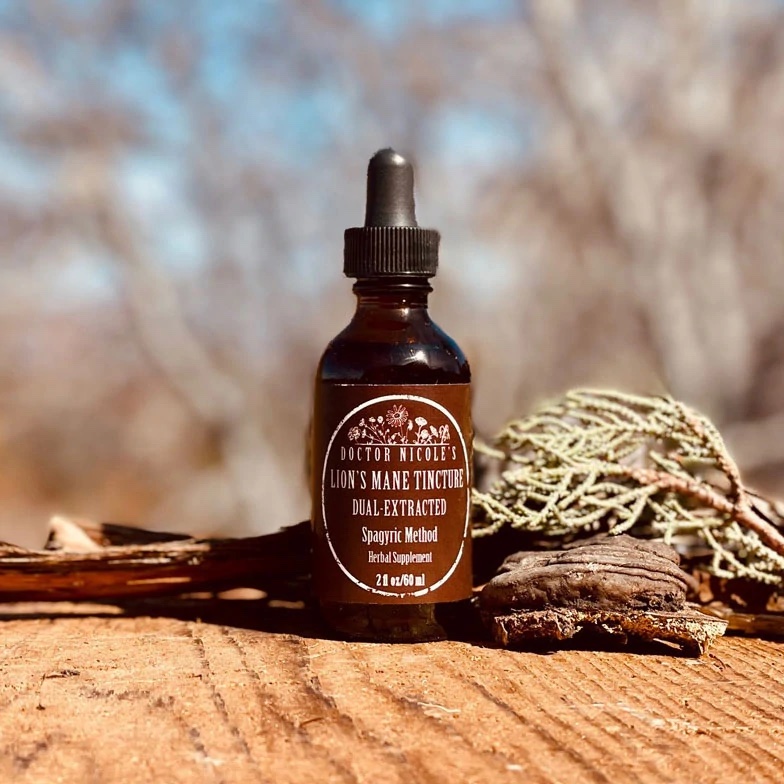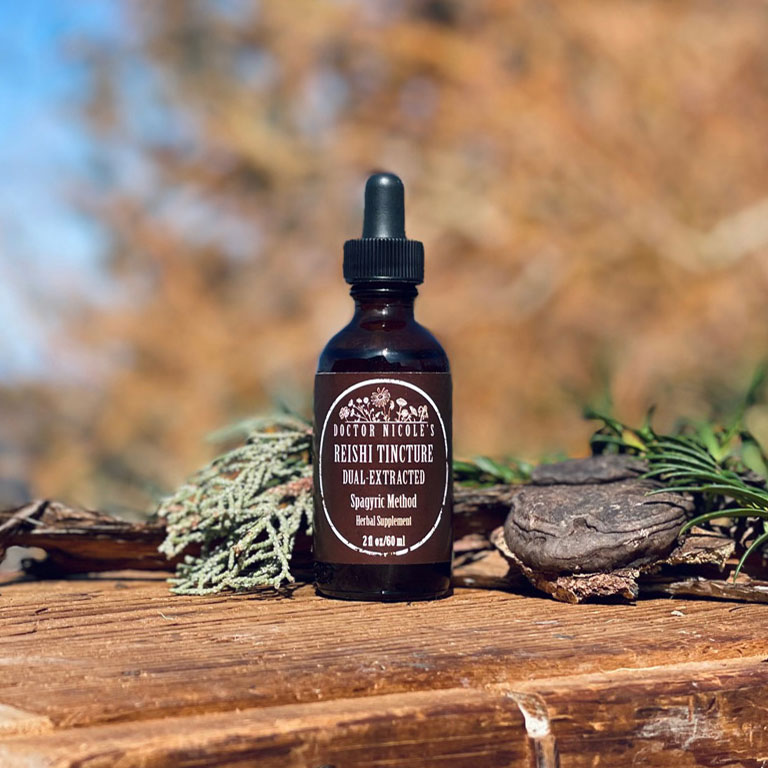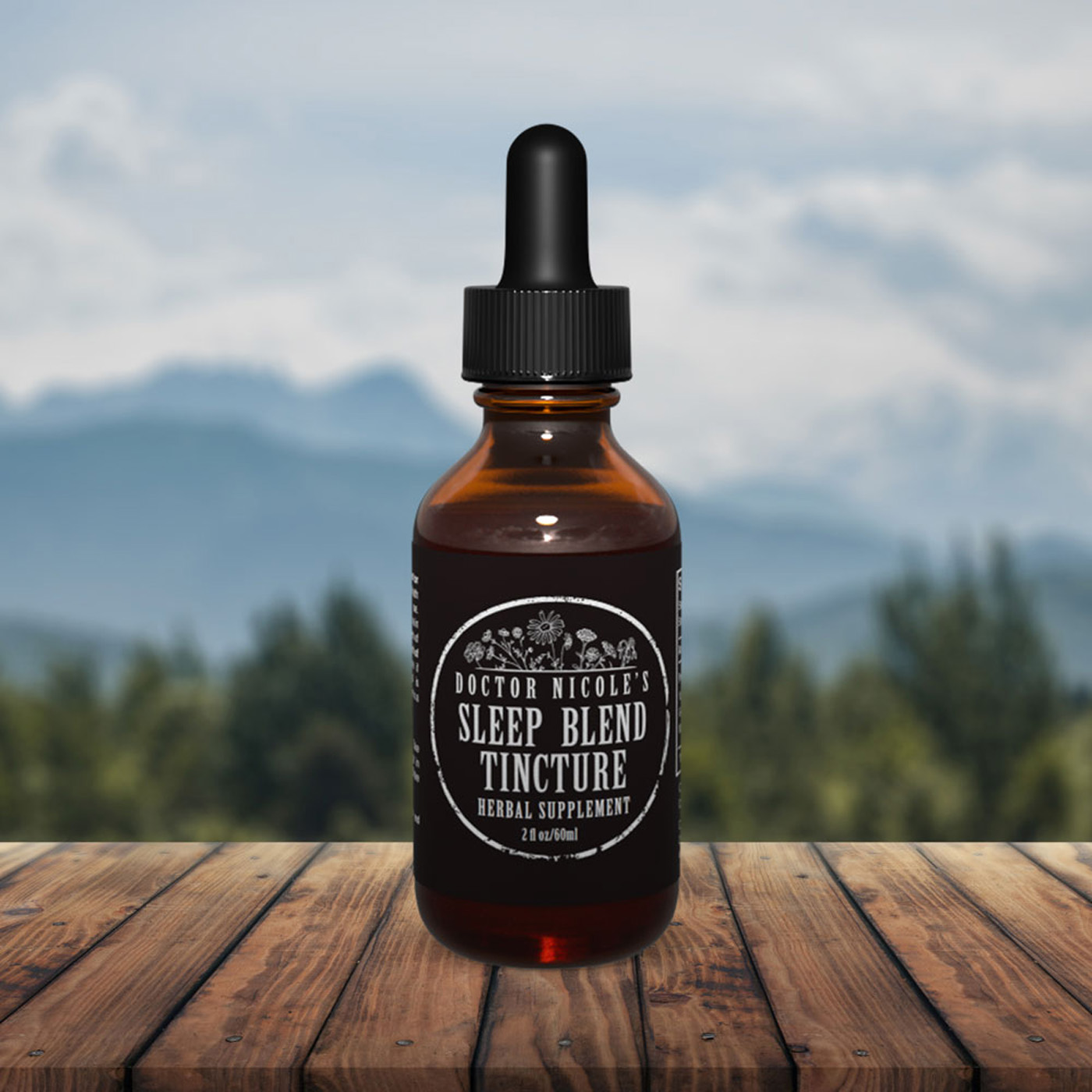Migraine Headaches 101
If you or a family member have ever experienced a migraine headache, you know how devastatingly painful and disruptive it can be. Characterized as a severe pulsating and debilitating pain, it generally affects the forehead area on one side. Symptoms indicating a migraine is about to strike often begin one to two days before the onset of the headache itself. These include food cravings, fatigue, irritability, neck stiffness, hyperactivity, and depression.
Next is the aura stage where you may have difficulty speaking; see spots, shapes, or light flashes; and experience a tingling sensation in the face, arms or legs. The attack phase follows, and can overlap with the aura stage. This is where the pain becomes acute; this can last from a few hours to several days. Symptoms include nausea, dizziness, sensitivity to light and sound, pulsing and throbbing pain on one side of your head, and vomiting.
The aftermath of a migraine headache varies from person to person and may involve mood changes, such as a feeling of euphoria and happiness or extreme fatigue and lethargy. Many times, a dull, mild headache can continue for a short period of time.
The best course of action for migraine headaches is prevention — and we will discuss several methods along this line. But if you do find that a migraine has slipped past your defenses, we’ll also explore effective remedies that will lessen the length and severity.
A Mystery Condition
While researchers haven’t found a specific cause for migraines, many believe the process involves abnormal nerve signaling and vascular activity within the brain. People who suffer from migraines report the following triggers contribute to the condition:
- Dehydration
- Extreme temperatures, whether hot or cold
- Hormonal shifts
- Stress
- Bright lights
- Fluctuating hormones
- Loud sounds
- Some foods and additives (chocolate, citrus, gluten, red wine, MSG, aged cheeses, sauerkraut, soy)
- Low blood sugar from skipping meals
- A change in the barometric pressure from an upcoming storm
- Certain smells
- Environmental chemicals
- Poor sleep
Since each person is different and can have unique triggers, keeping a journal of what preceded an attack can be helpful to identify areas that may be aggravating the condition. This would include any suspect foods, life circumstances, or environmental exposure. Migraines often run in families and can happen at any age. Women tend to experience these headaches more than men.
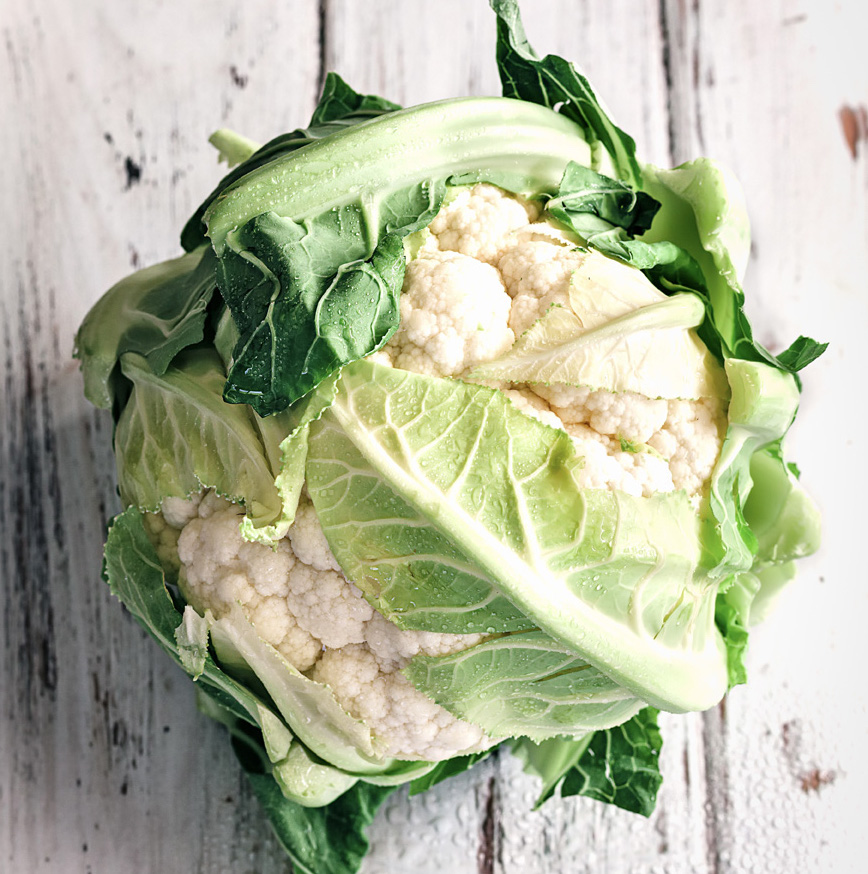
Prevention and Treatment
Once you have identified what is triggering an attack, it is important to avoid those elements as much as possible. Staying hydrated, eating regular meals, getting quality sleep, and practicing stress-relieving techniques also help to prevent migraines. Additionally, several herbal medicines can reduce, if not eliminate completely, the number of attacks and the severity.
Since researchers believe that migraines are linked to abnormal brain blood vessel activity, vasodilators and anti-inflammatories such as reishi and lion’s mane medicinal mushroom tinctures may be helpful for prevention.
Feverfew and butterbur, especially when taken together, are two botanicals that many have had great success with when used daily to ward off an attack.5,6 Both herbs help to calm inflammation, while butterbur is a vasodilator and feverfew has analgesic properties.
Make sure you are getting enough magnesium and vitamins B6, B12, and folate as deficiencies in these nutrients can contribute to migraine attacks.3,4
Moreover, an anti-inflammatory, Mediterranean-style diet may help to reduce the frequency of migraine headaches. If you experience migraines during times of hormonal change (premenstrual, peri menopause, menopause), eating plenty of cruciferous vegetables such as cauliflower, broccoli, bok choy, and broccoli sprouts can help to lower circulating estrogen levels, thereby reducing the risk of triggering an attack.
Lastly, see my post “Glutamate, Brain Health, & You” to learn more about how this excitatory neurotransmitter can contribute to migraine headaches — and how to avoid it.

Drink strong coffee. While it isn’t recommended to drink caffeinated beverages on a regular basis as they can trigger a migraine, once the headache is in process, caffeine helps to stop the progression if caught early enough. Stimulants such as caffeine are particularly helpful for addressing migraine headaches that are related to hormonal shifts.1
Take a cold shower. Cold therapy has been shown to relieve migraine headache symptoms. This type of therapy not only includes cold showers, but also placing a cold gel pack on your neck, forehead, or both.2 Cold therapy is best for migraines that are associated with overdoing it with exercise or estrogen dominance.
Turn up the heat. If your migraine is due to tension or stress, a hot shower or sauna can help to soothe symptoms and pain. A warm cloth or heating pad on the neck and forehead is also beneficial. Alternately, some have found success with placing their feet in the hottest water they can stand until the headache subsides. Strange but true!
Breathe deeply. If your headaches are stress and tension related, how you breathe can make a big difference. I’ve known people who have stopped their migraine in its tracks within a minute or two by inhaling deeply for five counts, holding the breath for five, then exhaling for eight. Get in a habit of breathing deeply throughout the day to ease stress and help prevent migraines.
If you can find it, inhaling the smoke of diamond willow fungus will stop a migraine almost immediately. The diamond willow tree is native to North America and grows from Newfoundland to Alaska and the Yukon region and then down as far as New Mexico and Arizona. You can also find the dried fungus for sale through online retailers.
Closing Thoughts
As you know, migraine headaches can create real hardship and disability when you are in the thick of a migraine headache. Because of this, it’s crucial to avoid exposure to triggers as much as possible and adopt lifestyle habits that will help to reduce the risk of an attack. Using herbal remedies such as butterbur and feverfew, reishi or lion’s mane mushroom everyday can significantly reduce the frequency of these severe headaches. I highly recommend you try one or two as a powerful preventative.
Potent, dual-extracted reishi and lion’s mane tinctures can be found in the apothecary. I also suggest you have a look at my potent Sleep Blend if you are not achieving deep, rejuvenating rest at night since poor sleep is a major contributor to migraine attacks. Visit the apothecary today to learn more!
It is my sincere hope these suggestions will help you to manage — or eliminate altogether — the debilitating impact of migraine headaches in your life. Wishing you the best of health!
Nicole Apelian
Nicole’s Apothecary Products in this Post
Safety
Reishi — This medicinal mushroom is safe, however it is possible to ingest too much. Avoid use if you are pregnant or breastfeeding, since there is no information on their safety. Consult a doctor before using reishi mushrooms if you have a bleeding disorder. Do not use it before surgery, as reishi is a vasodilator.
Lion’s Mane — This medicinal mushroom is safe, though some people are allergic to mushrooms. Symptoms of a mushroom allergy can include skin rashes and difficulty breathing or even anaphylactic shock. If you have any burning, itching, swollen lips, or breathing difficulties, consult a doctor immediately.
Butterbur — Avoid using it if you have liver problems. Do not use it if you are pregnant or breastfeeding, or for children under age 7. Adverse reactions can include GI symptoms, nausea, flatulence, and gassy stomach. Allergies are possible.
Feverfew — Some people have an allergic reaction and dermatitis can also occur with skin contact. Chewing the leaves can cause mouth sores in some people. If you are allergic to ragweed, marigold, or chrysanthemum, you may also react to feverfew. Do not use it during pregnancy as it causes contractions. Do not use it if you have blood coagulation problems.
References
- Silberstein, S. D., Armellino, J. J., Hoffman, H. D., Battikha, J. P., Hamelsky, S. W., Stewart, W. F., & Lipton, R. B. (1999). Treatment of menstruation-associated migraine with the nonprescription combination of acetaminophen, aspirin, and caffeine: results from three randomized, placebo-controlled studies. Clinical therapeutics, 21(3), 475–491. https://doi.org/10.1016/S0149-2918(00)88303-4
- Ucler, S., Coskun, O., Inan, L. E., & Kanatli, Y. (2006). Cold Therapy in Migraine Patients: Open-label, Non-controlled, Pilot Study. Evidence-based complementary and alternative medicine : eCAM, 3(4), 489–493. https://doi.org/10.1093/ecam/nel035
- Mauskop, A., & Varughese, J. (2012). Why all migraine patients should be treated with magnesium. Journal of neural transmission (Vienna, Austria : 1996), 119(5), 575–579. https://doi.org/10.1007/s00702-012-0790-2
- Shaik, M. M., Tan, H. L., Kamal, M. A., & Gan, S. H. (2014). Do folate, vitamins B₆ and B₁₂ play a role in the pathogenesis of migraine? The role of pharmacoepigenomics. CNS & neurological disorders drug targets, 13(5), 828–835. https://doi.org/10.2174/18715273113129990112
- Agosti, R., Duke, R. K., Chrubasik, J. E., & Chrubasik, S. (2006). Effectiveness of Petasites hybridus preparations in the prophylaxis of migraine: a systematic review. Phytomedicine : international journal of phytotherapy and phytopharmacology, 13(9-10), 743–746. https://doi.org/10.1016/j.phymed.2006.02.008
- Shrivastava, R., Pechadre, J. C., & John, G. W. (2006). Tanacetum parthenium and Salix alba (Mig-RL) combination in migraine prophylaxis: a prospective, open-label study. Clinical drug investigation, 26(5), 287–296. https://doi.org/10.2165/00044011-200626050-00006

